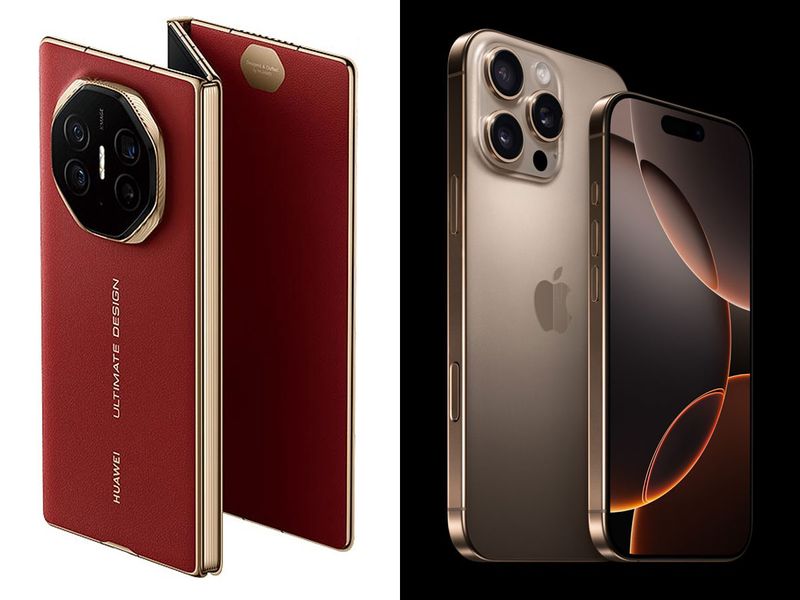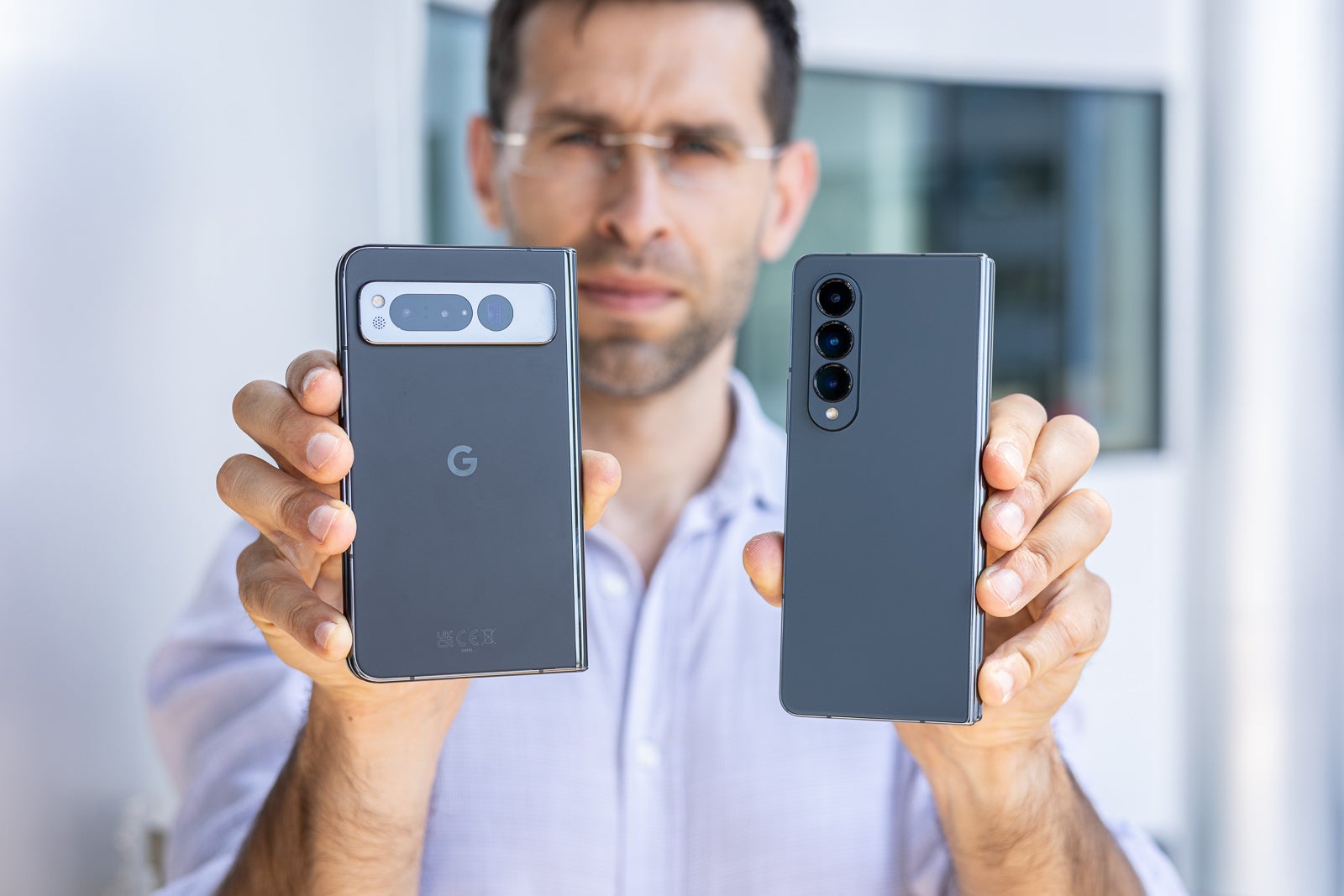Google Pixel 9 Pro vs. Apple iPhone 16: A Comprehensive Comparison for 2024
1. Design and Build Quality Google Pixel 9 Pro vs. Apple iPhone 16
- Pixel 9 Pro:
The Pixel 9 Pro continues Google’s design philosophy, featuring a distinctive camera bar across the back and premium materials. It has an aluminum frame and glass back, offering a matte finish for better grip. It’s slightly heavier but feels solid in hand. The display has curved edges, offering an immersive experience. - iPhone 16:
Apple stays true to its minimalist, sleek design. The iPhone 16 has flat edges, similar to its predecessors, with a slightly refreshed look. It uses aerospace-grade aluminum or titanium (in the Pro versions), and the glass back feels premium. The display is flat, contributing to a sharp, modern look. It’s lighter and slightly thinner compared to the Pixel 9 Pro.
Verdict: The choice depends on personal taste—Pixel offers a bold, unique look with its camera bar, while iPhone is more refined and minimalist.
2. Display Google Pixel 9 Pro vs. Apple iPhone 16
- Pixel 9 Pro:
The Pixel 9 Pro features a 6.7-inch LTPO OLED display with a 120Hz refresh rate. Its QHD+ resolution makes it one of the sharpest displays, providing vibrant colors and deep blacks. It also features adaptive refresh rate technology, adjusting from 1Hz to 120Hz based on content, which saves battery life. - iPhone 16:
The iPhone 16 features a 6.1-inch OLED display (or 6.7 inches for Pro Max) with ProMotion technology, supporting a 120Hz refresh rate. Apple’s display is known for being color-accurate with excellent brightness levels. It also includes HDR10 and Dolby Vision support, ensuring fantastic performance in media consumption.
Verdict: Pixel 9 Pro’s larger, higher-resolution display is great for those seeking a more immersive experience, while iPhone 16 offers superior color accuracy and brightness.
3. Performance Google Pixel 9 Pro vs. Apple iPhone 16
- Pixel 9 Pro:
Powered by Google’s custom Tensor G4 chip, the Pixel 9 Pro is optimized for AI-driven tasks and computational photography. The performance is great for multitasking, gaming, and machine learning applications, but it may not match the raw speed of Apple’s chip. - iPhone 16:
The iPhone 16 is equipped with Apple’s latest A18 Bionic chip, which remains the industry leader in terms of raw power and efficiency. It outperforms most smartphones in benchmarks, excelling in gaming, AR, and video editing. The A18 Bionic chip offers better longevity in terms of future software updates.
Verdict: The iPhone 16 wins in raw processing power and efficiency, but Pixel 9 Pro’s Tensor G4 excels in AI tasks and machine learning integration.
4. Camera Google Pixel 9 Pro vs. Apple iPhone 16
- Pixel 9 Pro:
Google is renowned for its computational photography, and the Pixel 9 Pro has a 50MP main camera, a 48MP telephoto lens with 5x optical zoom, and a 12MP ultra-wide sensor. Google’s software continues to offer stunning results in various lighting conditions, with superior night mode, AI enhancements, and excellent video stabilization. - iPhone 16:
The iPhone 16 also features a triple-camera system (48MP main, 12MP telephoto with 3x zoom, and 12MP ultra-wide). Apple’s advancements in Smart HDR, Photonic Engine, and ProRAW capabilities deliver true-to-life colors and impressive detail. The iPhone 16 excels in video, with Dolby Vision HDR recording and smoother stabilization.
Verdict: Both phones are excellent for photography, but Pixel 9 Pro has the edge in computational photography and zoom. iPhone 16 stands out in video quality and color accuracy.
5. Battery Life and Charging Google Pixel 9 Pro vs. Apple iPhone 16
- Pixel 9 Pro:
With a 5000mAh battery, the Pixel 9 Pro offers solid battery life. Google has improved the efficiency of the Tensor chip, providing all-day usage even under heavy loads. It supports 30W fast charging, wireless charging, and reverse wireless charging. - iPhone 16:
The iPhone 16’s battery is slightly smaller (~4500mAh in the Pro Max model), but the A18 Bionic’s efficiency means it lasts just as long, if not longer, than the Pixel 9 Pro under typical use. It supports 30W fast charging, MagSafe wireless charging, and reverse wireless charging.
Verdict: Both offer excellent battery life, but iPhone 16’s more efficient chip means it competes well despite a smaller battery. Charging speeds are similar, though iPhone’s MagSafe is more versatile.
6. Software
- Pixel 9 Pro:
Runs on Android 14 with a clean, stock interface. Google ensures fast updates and provides Pixel-first features, such as exclusive AI functionalities and seamless integration with Google services. Customization is a key highlight for Android users. - iPhone 16:
Comes with iOS 18, known for its smooth, consistent performance. Apple’s ecosystem is tightly integrated, providing a seamless experience across devices like iPads, Macs, and Apple Watches. The software is optimized for long-term support and security.
Verdict: If you value customization and Google services, Pixel 9 Pro is the choice. For seamless integration with other Apple products and longevity, iPhone 16 wins.
7. Price
- Pixel 9 Pro:
Slightly more affordable, typically starting around $899 to $999. - iPhone 16:
More expensive, with prices starting from $1,099 for the base model.
Verdict: Pixel 9 Pro offers more value for the money, especially considering its high-end specs, while iPhone 16 is a premium product with higher upfront costs.
Final Verdict
- Pixel 9 Pro is the better option for those who prefer a larger display, superior computational photography, and Google’s AI-driven features at a lower price.
- iPhone 16 is perfect for users looking for the best performance, video quality, and integration within Apple’s ecosystem, despite a higher cost.
Both devices excel in different areas, so the choice largely depends on personal preferences.
Share this content:


